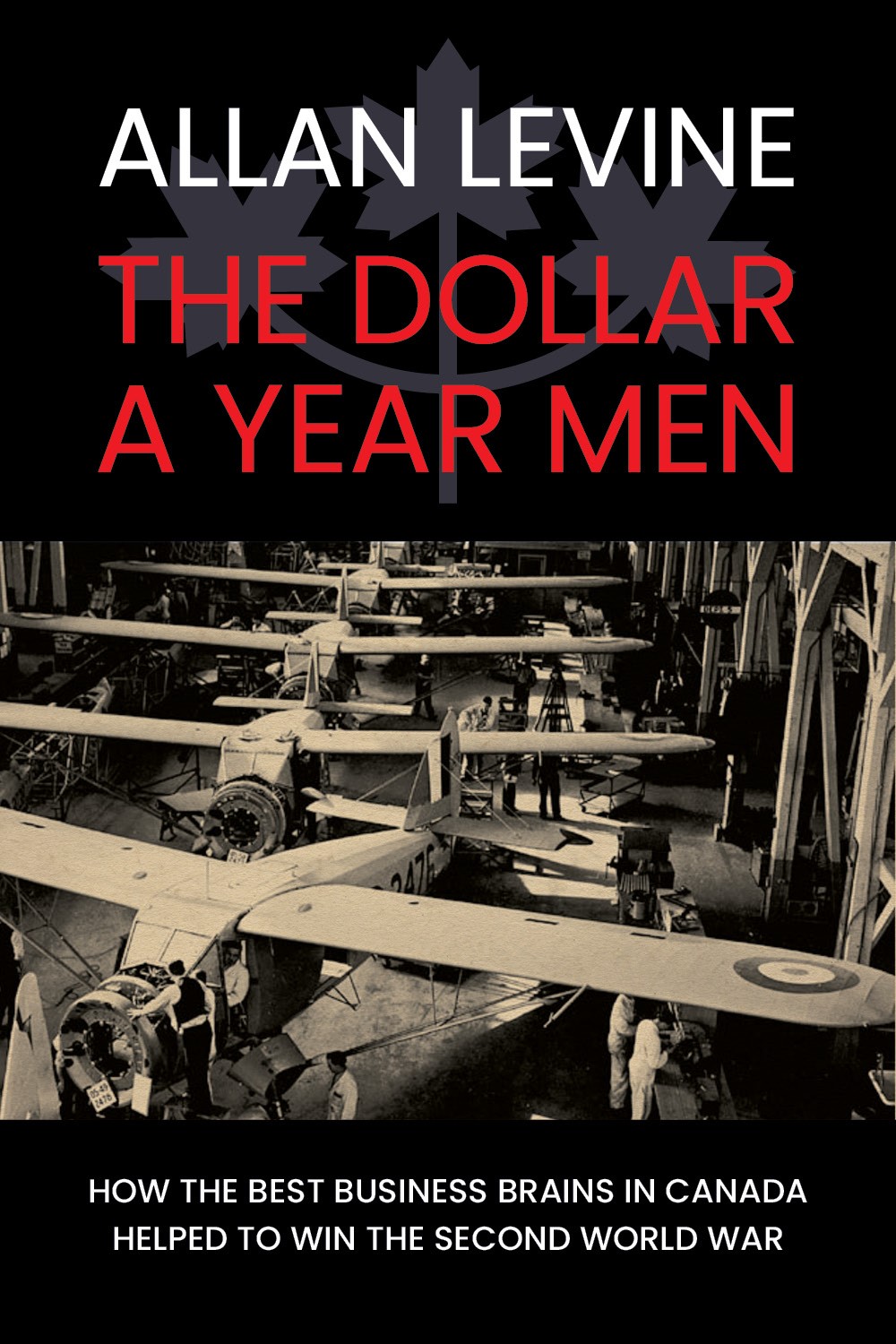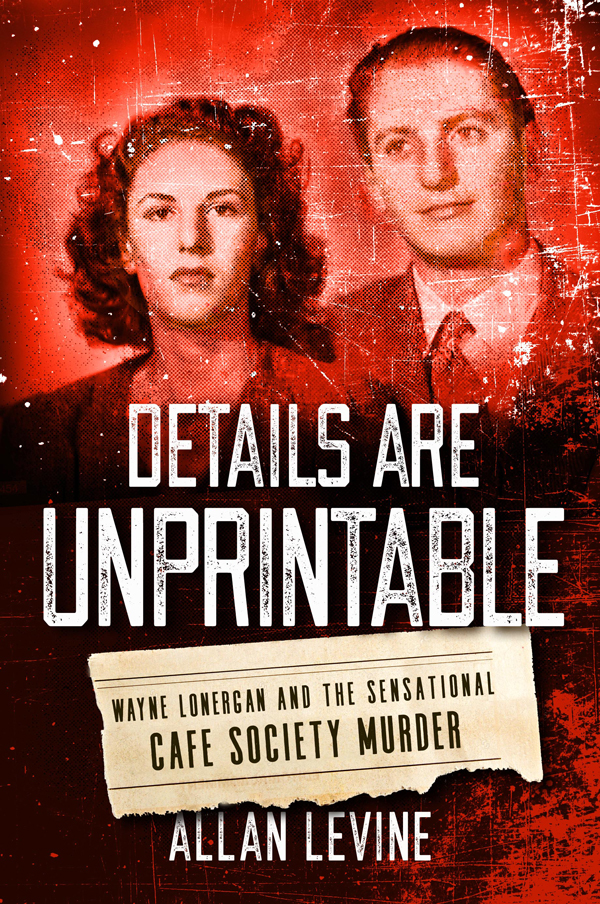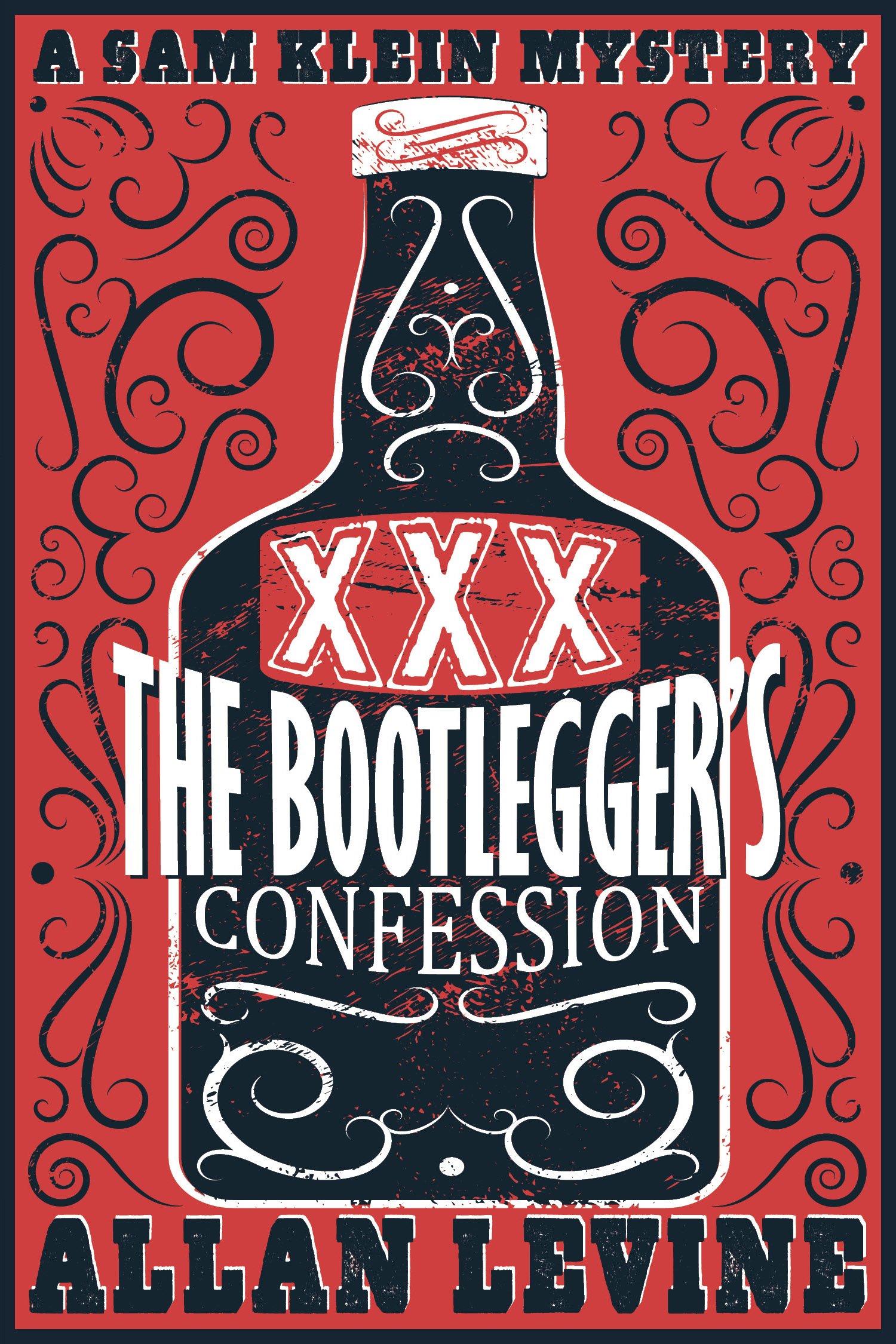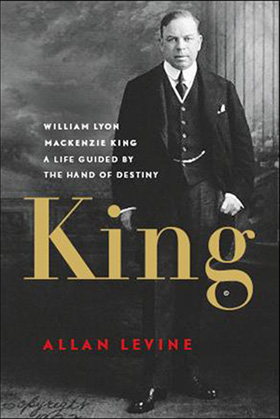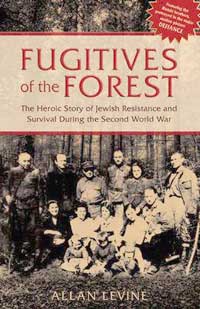Welcome to Allan Levine Books
Site of historian and historical mystery writer Allan Levine:
The award-winning author of sixteen books including Toronto:
Biography of City (2014), and King: William Lyon
Mackenzie King: A Life Guided by the Hand of Destiny (2011),
which won the Alexander Kennedy Isbister Award for Non-Fiction.
Coming of Age: A History of the Jewish People of Manitoba (2009)
that won the McNally-Robinson Book of the Year and the Best History
Book Award at the Canadian Jewish Book Awards in 2010, and was the
co-winner of the J.I. Segal Prize in Canadian Jewish History.
Allan has spent his career bringing history to life and commenting
on current events in the Winnipeg Free Press and National Post,
among several other publications he contributes to. In October 2020,
he was awarded an honorary Doctor of Laws by the University of
Winnipeg.
